With the PYREG PX 750, the Abwasserverband Main-Taunus has commissioned the worldwide most advanced carbonization and phosphorus recovery plant.
From now on, municipal sewage sludge is sanitized and recycled into phosphorus fertilizer on site in Lorsbach, a climate protecting and cost-saving manner.
In the applied PYREG process, the sewage sludge is first dried using the belt drying system from Eliquo Stulz and then carbonized by the PYREG reactor temperature of 500°C to 700°C. This carbonization eliminates any organic pollutants such as critical pharmaceutical residues, microplastics, PAH, PCDD/F, PCB and hormones. The resulting process gas is freed from dust and carbon particles by a process gas filter and transferred to the combustion chamber. Combustion takes place with a FLOX® burner at temperatures of around 1,000 °C. The hot exhaust gases arising there heat the reactors indirectly via the outer shell of the reactors. It is therefore an autothermal process and the generated renewable energy is used for the drying of the sewage sludge.
The carbon contained in the sewage sludge is permanently bound in the generated biochar from biosolids. Used as a phosphorus fertilizer in agriculture that biochar closes the material cycle. And it furthermore acts as a stable carbon sink for over 1000 years.
The PYREG PX 750 processes 5000 t of dewatered sewage sludge per year (or 16 t per day at 7500 operating hours) with 25% dry matter, or 1250 t per year of dried sewage sludge. As a valuable output, the association generates up to 625 t of biochar form biosolids per year with a phosphorus content of about 15%.
With the commissioning of this plant, Abwasserverband Main-Taunus is taking a resource-saving approach to the legally required recovery of phosphorus from sewage sludge. The goal is to use the recovered biochar form biosolids for agricultural purpose
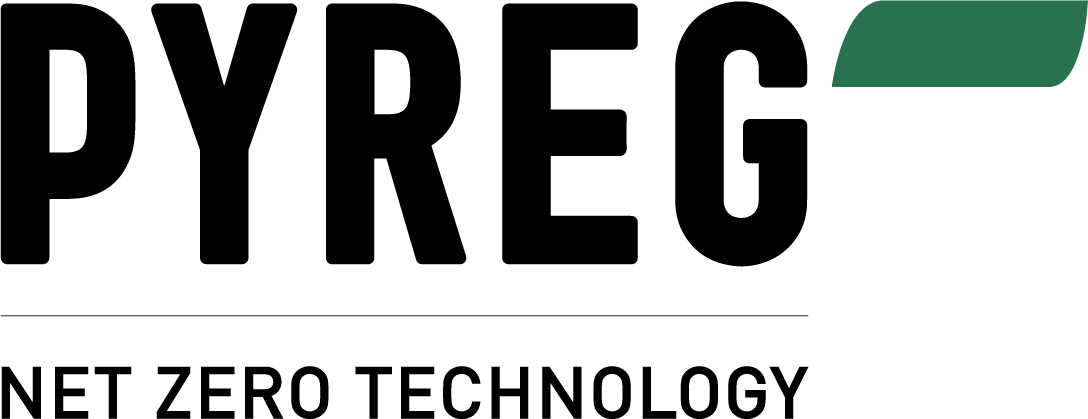
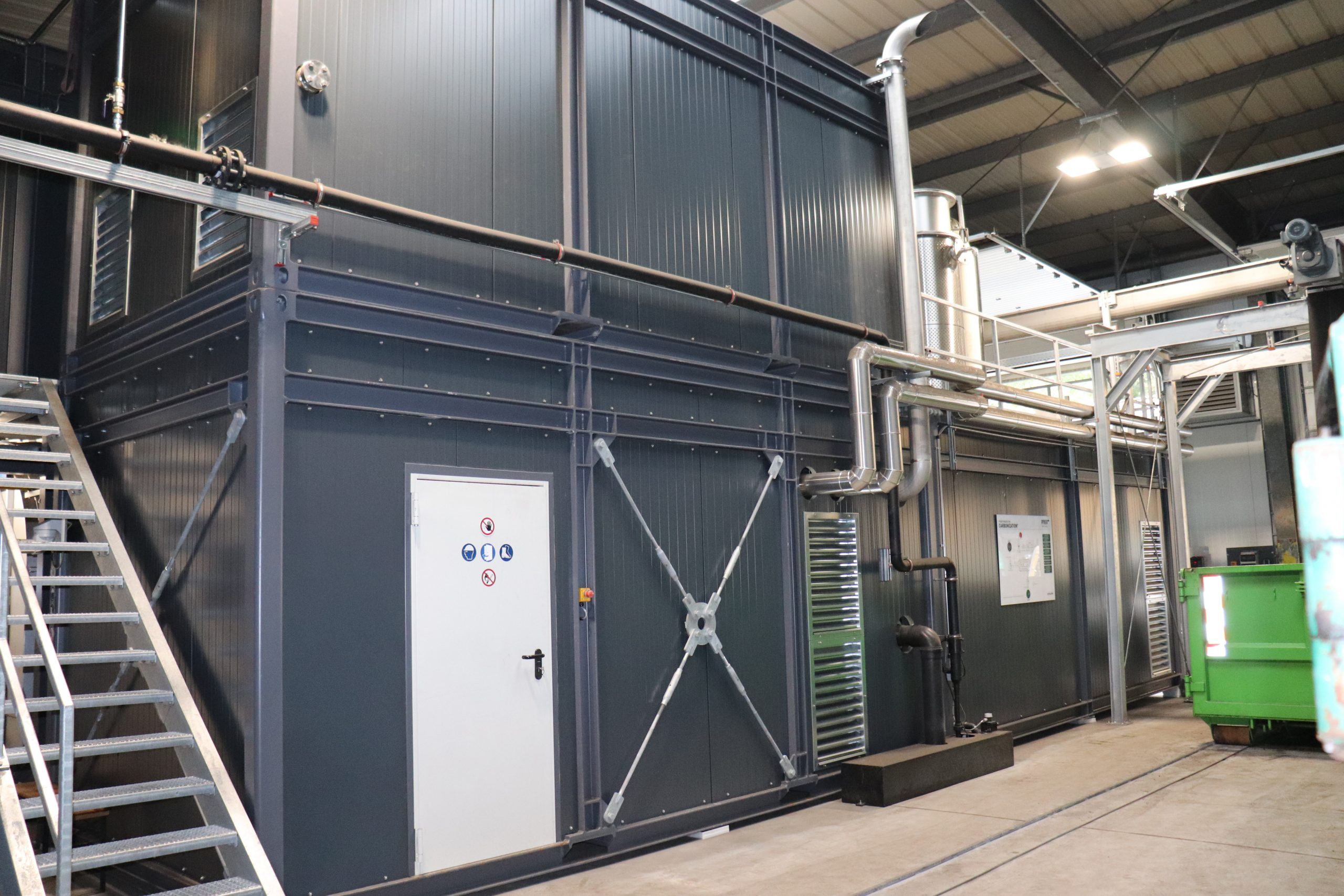
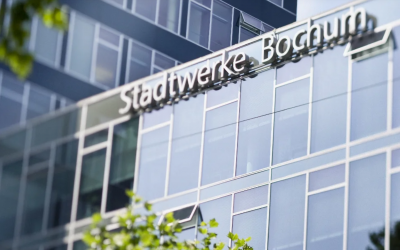
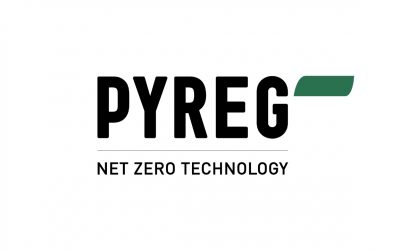
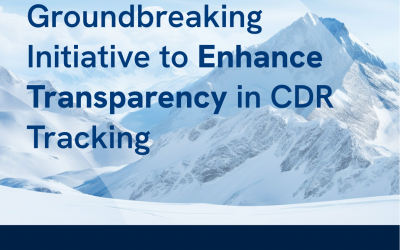
Dear ladies and gentlemen,
The use of this material as a soil improver seems interesting, but I wonder how it relates to the release of heavy metals from the product into the soil. What are the criteria for the installation and for its use as a fertiliser?
Kind Regards,
Chiel Landman
HVC Groep
Dear Mr. Landman,
It will depend on the quality of the input material and its heavy metal concentrations, if the resulting Biochar product is passing the applicable heavy metals limits for its use. Those vary by application and country.
Additionally, any organic pollutants (PFAS, pharmaceuticals, germs, microplastics, …) are completely destroyed.
The valuable Phosphorus remains plant available is released slowly by the demand of the plant.
We will be in touch shortly to discuss the details.
Best Regards
PYREG